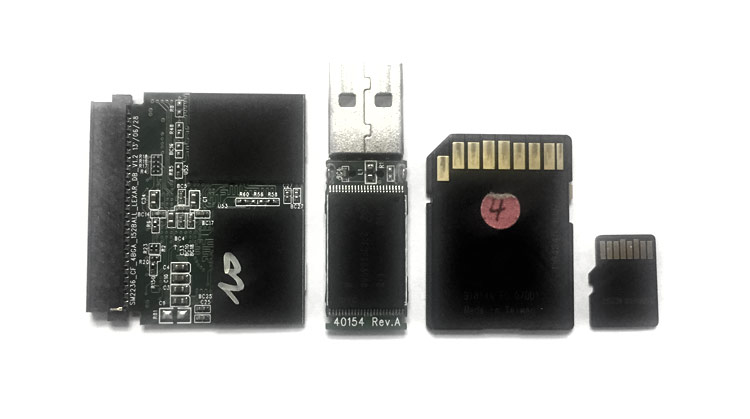
For over a week now, you can’t avoid seeing something in the news about the unfortunate event involving the Titan submersible. If you haven’t heard, the tourist vessel was traveling down to view the sunken remains of the Titanic. Sadly, the Titan did not make it successfully. There has been a lot of speculation following the disaster that took five lives and we may never truly find out what caused the submersible to implode.
But there is an old piece of technology that could have at least recorded data that may have been useful in the further development of these types of underwater vessels. I’m talking about something that dates back to 1953 and is called a black box. These are used in aircraft and once recovered, contain data from the last several minutes of a flight that aid investigators and company officials in many ways.
Black box?
Why they are called black boxes is beyond me as they are usually painted bright orange to make them easy to locate in the wreckage of a downed plane. Why submarines and other submersibles don’t have a similar device is beyond me. Accidents happen, and having some type of recording device on board could prove to be beneficial on so many levels.
Currently, over 1TB of data can be stored on a micro SD card which is about the size of a fingernail. It is not hard to keep these devices protected from the elements, although there are challenges to recovering data from such small data storage devices. However, it is not impossible.

So, with this such a possibility, why have there not been black boxes with data storage devices deployed in underwater vessels? I’m guessing there is no simple answer to this one. When you consider the people who have designed and built these vessels with what they refer to as state-of-the-art tech, which they claim is both safe and quite advanced technology-wise, to not include a data storage device in case of an accident is just plain ridiculous.
On another note
On another note, the so-called state-of-the-art tech used on the Titan submersible included a Logitech game controller for steering the vessel. That pretty much explains it all, if you ask me.
According to the Titan vessel design, and you can find all of this online just through simple Google searches, there were LCD screens with integrated NAND flash on board. However, the sad reality is that in an implosion, as is what destroyed the Titan, the damage would have been so severe that it would have been highly unlikely that the circuitry survived. Remember, we are talking about water pressure in the tens of thousands of tons that would have crushed everything inside.
It would take a minor miracle for much in the way of wreckage to be found by the authorities that would be able to explain what actually caused the implosion.
On the upside, if any circuitry from the onboard computers is located, although the chances of this are slim, there is still a possibility. If something is found intact, recovering data would be the next major step in determining the truth behind the disaster and hopefully reveal things that can be prevented in the future. It would most certainly be a challenge, but the knowledge that could come from it would make it a worthwhile project even if it took several years to complete.
To learn more about some misconceptions on recovering data from NAND flash, click HERE.
What are your thoughts on this topic? Let me know in the comments section below and don’t forget to subscribe to our blog.
